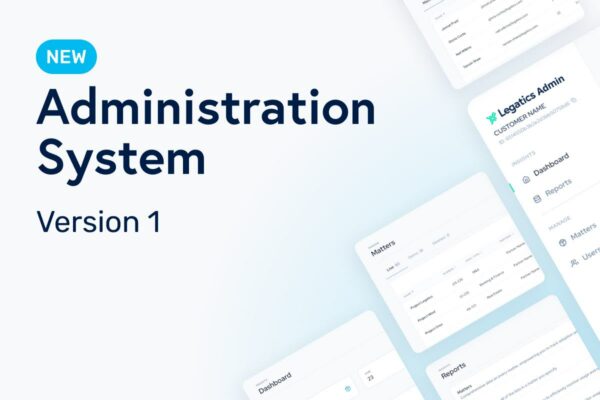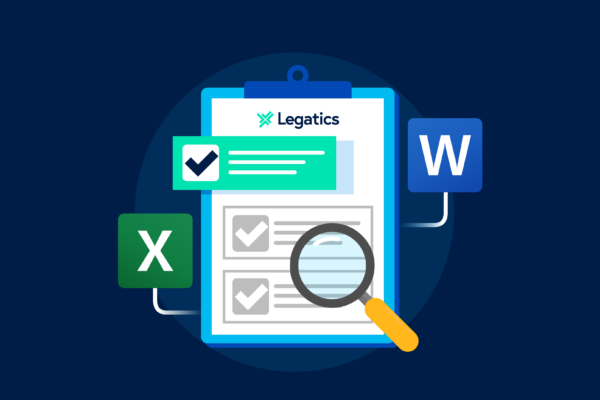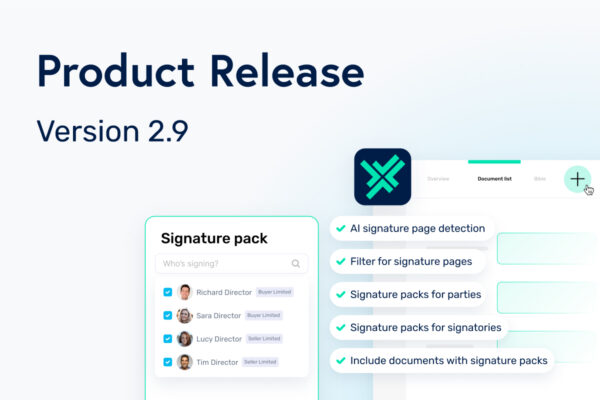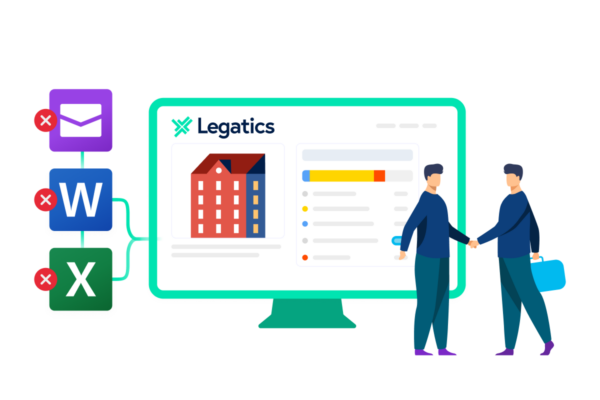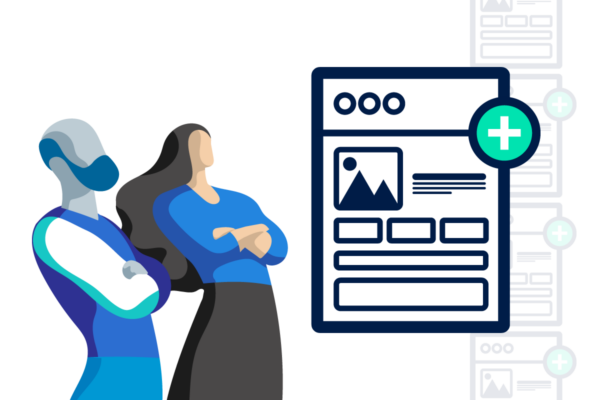We explore legal transaction management and why it’s so challenging
Legal transaction management involves keeping track of and recording the various processes, tasks and documents that go into making a transaction happen. Transaction management software can streamline many of the steps involved in a typical transaction, sparing lawyers the pain and time of completing them manually. In this article, we take a closer look at legal transaction management and how using technology can help lawyers reduce admin and get back to focusing on what they do best!
Legal transactions – broken down
Before we get into the business of managing transactions, let’s discuss what a typical legal transaction looks like. The first point to make here is that legal transactions are complex, and the devil is in the detail. Their intricacy is influenced by a number of factors, including:
- the involvement of several parties
- the volume of documentation, with several versions of each document being shared between parties as the transaction progresses
- the fast pace and the high risk and implications of missing something
Why are legal transactions so difficult to manage?
You only need to browse our customer success stories to get a sense of the recurring issues lawyers encounter when managing legal transactions. Traditional methods like Word and email are no longer fit for managing the complex structures and processes involved. These outdated methods also contribute to increased risk – with version control problems rife, and ‘missed’ actions contributing to errors and delays.
Our recent customer success story with real-estate law firm JAP highlights these common issues and explains how using transaction management technology has benefited their firm:
Using Legatics has meant a 30% reduction in deal emails back and forth between transaction parties. Annexes to documents can be uploaded directly to Legatics by the relevant people, resulting in reduced admin duties [for the JAP team].
As well as significant time savings and reduced admin, the JAP team found creating closing sets at the end of transactions to be much faster with Legatics. [JAP founder] José estimated that the platform reduced time spent on this by 75% on average, when compared with creating these manually.
What areas can legal transaction management software help with?
Whilst managing legal transactions will never be simple, transaction management software can take some of the burden of repetitive and mundane work away from lawyers. The main areas in which transaction management tools can help support lawyers include:
1) Better document management
One of the biggest benefits of transaction management software is the instant oversight of and access to your documents. With key files in one location, keeping up with email chains and searching for the latest version of files are no longer issues. Integrations with third-party systems like iManage make working with documents across platforms easy and intuitive.
2) Increased transparency and real-time status
Using a digital solution such as a transaction management platform, means that all parties in the transaction can see its status in real time, and view any actions they need to take. With this increased visibility, calls and emails between parties to check progress are greatly reduced – freeing up time for everyone. It also makes communicating across multiple time-zones much easier.
Having a secure platform that clients can access independently 24/7 also adds value to the service they’re receiving and strengthens the client-lawyer relationship through the transparency and convenience it provides.
3) Easier collaboration
Transaction management platforms provide a collaborative space in which deal participants can communicate in and refer to for information. This applies not only to your lawyers but to your clients and other third parties, too.
4) Keeping the momentum and avoiding delays
Working on large, complex deals involving multiple jurisdictions and parties can take months to complete or even years in some cases. Manually creating and updating a collection of checklists and spreadsheets, and chasing parties to action tasks can become a job in itself.
Transaction management software like Legatics removes this burden – offering lawyers quick and easy ways to create lists, swapping offline lists with dynamic ones for easy updating, replacing email or telephone reminders with automatic notifications, and creating closing sets in a fraction of the time compared to doing so manually.
Streamlining many of the steps in a typical transaction’s workflow frees up lawyers’ time to focus on the more strategic, skilled areas of their work. It also relieves the pressure of staying on top of low-value admin responsibilities.
If you want to learn more about how Legatics could help your firm, book a demo with our team. And to find out how to choose the right legaltech vendor for your firm, download our latest eBook!


